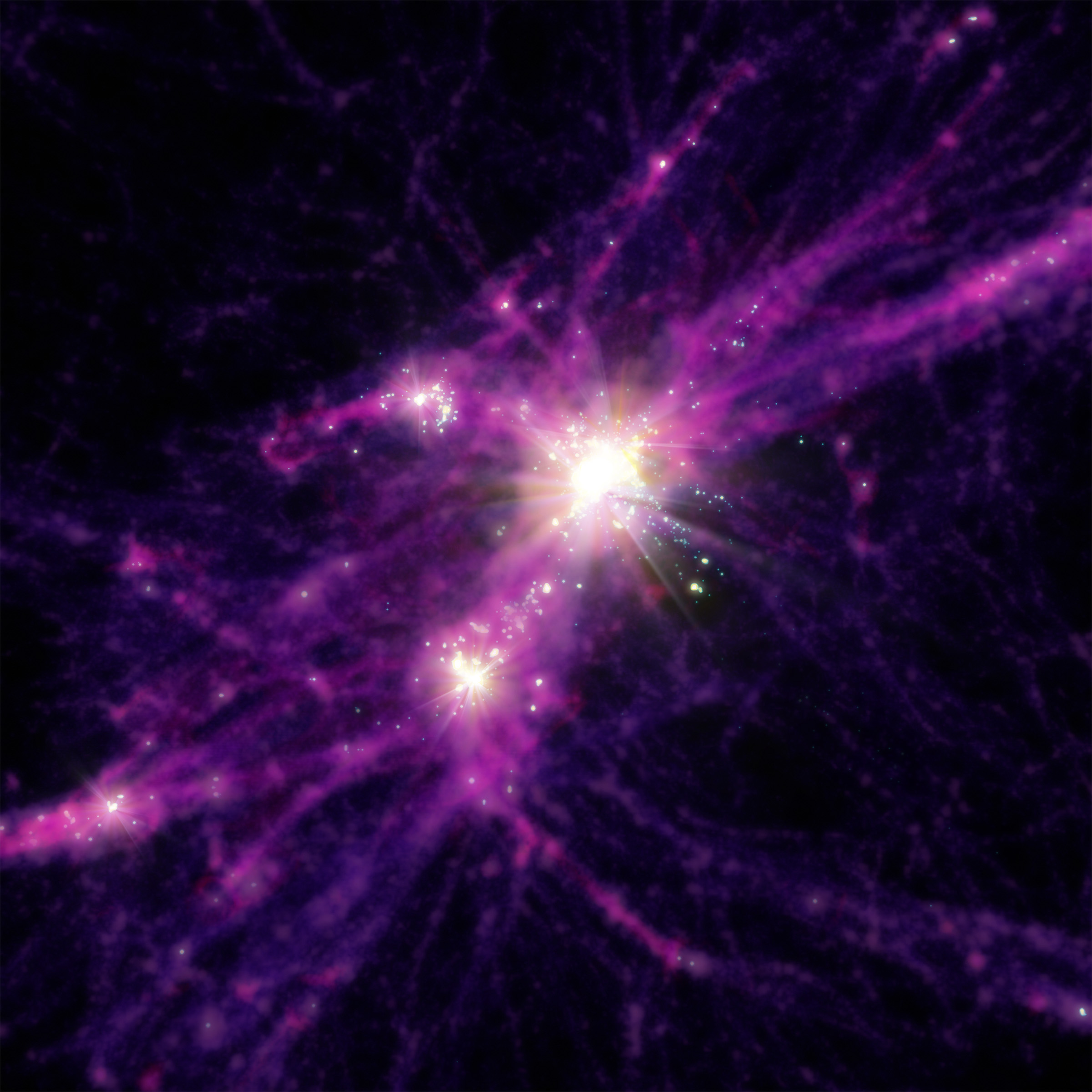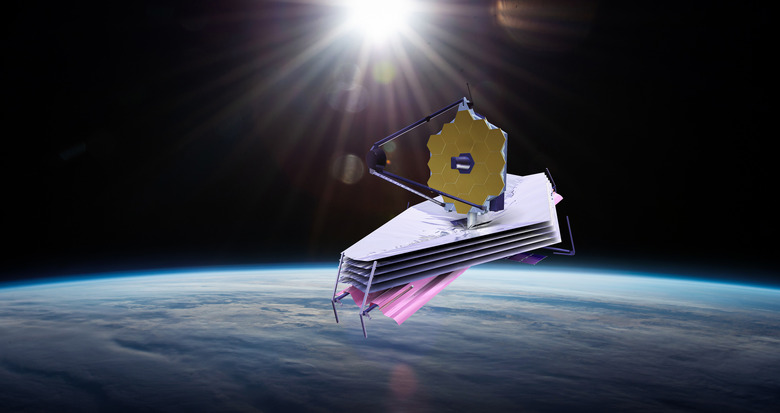Scientists Finally Figured Out Why Webb's Early Galaxy Images Are So Bright
Images taken by James Webb of some of our universe's earliest galaxies have left scientists baffled for months, trying to figure out whether or not our standard model of the universe and how it evolved was completely broken. A new study finally sheds light on the phenomenon that has confused many, proving our models aren't entirely broken.
The study appears in The Astrophysical Journal Letters and explains how bursts of star formation in those early galaxies imaged by James Webb could have caused the "impossible" levels of brightness that we saw. If true, the theory would help explain this puzzling discovery, which has left many astronomers concerned about the validity of our models.
The new study relies heavily on computer simulations, which helped scientists prove that the deviations from our standard model of cosmology had to be associated with bursts of star formation, as these low-mass galaxies wouldn't have had the amount of gas, dust, and stars to create such bright and vivid patterns.

While it is true that observatories like the James Webb are helping us learn more about the early universe, some of these discoveries have threatened to completely upend our entire model of how the universe evolved since the Big Bang. If these simulations are to be believed, though, our model isn't broken; we just didn't account for everything.
The team of researchers behind the new study includes astrophysicists from Northwestern University and other acclaimed institutions. What makes this solution intriguing is that it helps explain the deviance from our cosmic model in complete detail without completely changing it.
Of course, there are bound to be plenty of other puzzles that James Webb helps bring to light, including more mysteries about star and planetary formation as a whole. In fact, recent Webb images of the Orion Nebula are helping us better understand how those star-producing areas of space evolve.
